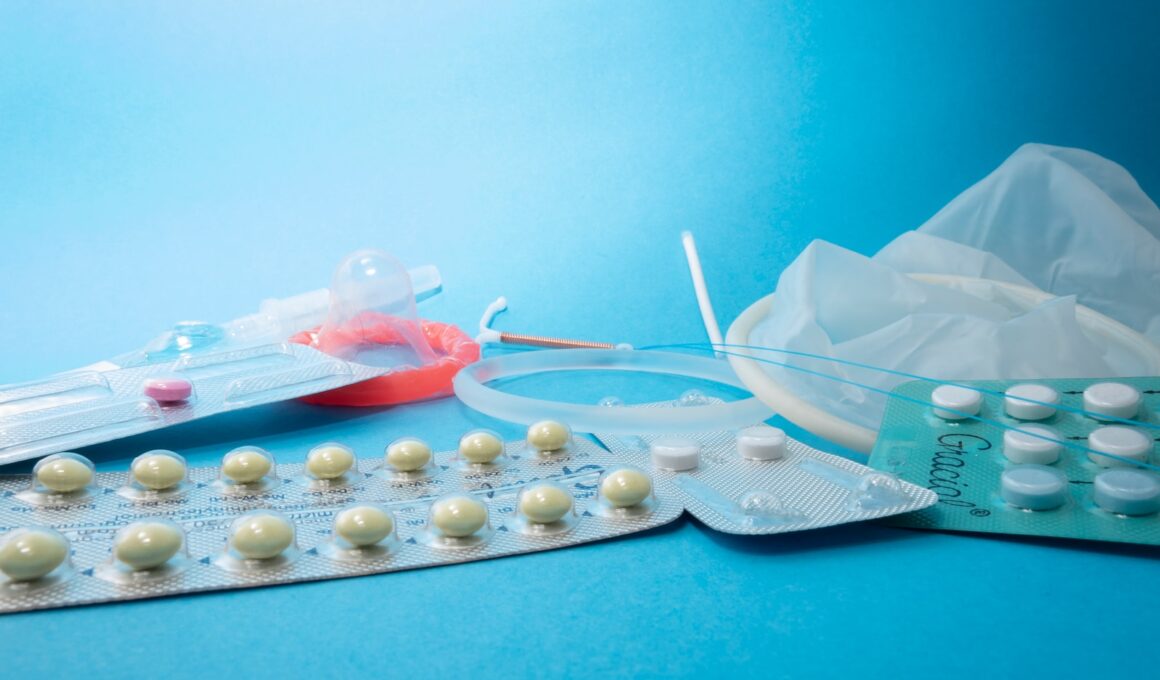There are a lot of ways to prevent pregnancy and STDs. Condoms are a good choice, but they only work when they’re used correctly. To make sure that condoms are effective, they should be put on before a man has ejaculated or when the penis is still hard.
However, non-barrier methods like birth control pills and implants don’t prevent HIV or other sexually transmitted diseases. That’s why it’s important to use condoms in combination with other birth control methods.
They prevent pregnancy
Condoms are thin rubber tubes that fit over the penis (male condoms) or inside the vagina before sex (female condoms). They create a barrier that keeps semen and other body fluids from entering the vagina, rectum or mouth. They also protect against STDs and pregnancy. They’re inexpensive, easy to use and available without a prescription or visit to a doctor. You can find them in drugstores, family planning clinics and vending machines in many restrooms.
How well a condom works depends on how it’s used and when. With perfect use, external male condoms prevent pregnancy 98% of the time, but with typical use, about 15 out of 100 people who rely on them will get pregnant over the course of a year. That’s because a lot can go wrong when it comes to using a condom: it may slip off, break or tear, or not be properly inserted or removed after penetration.
To keep your condoms as effective as possible, always check the expiration date on the package before you use them. Don’t store them in hot places, which can weaken latex condoms. And always use a condom with enough lubrication to avoid rips, breaks and leaks. You should also consider other birth control methods that help reduce the risk of STIs, such as oral contraceptives, a ring, implant or IUD.
They prevent STDs
Using condoms consistently and correctly is one of the most effective safe sex practices. It can also help prevent STDs, such as chlamydia, gonorrhea, and herpes. It is not a replacement for other forms of safe sex, however. Using condoms alone does not completely prevent STDs and other sexually transmitted infections (STIs). The only way to fully protect against STDs is through abstinence.
The main way that condoms prevent STDs is by providing a physical barrier between your skin and bodily fluids that contain STIs. These fluids include semen, vaginal fluids, and blood. Condoms can also act as a barrier to STIs that spread from sores or ulcers in your genital area.
Male and female condoms, lubricants, and other STI-prevention tools can significantly reduce your risk of getting HIV or an STD during unprotected sex. You can buy condoms at most drug stores, supermarkets, and health centers. Many family planning clinics and schools also give out male and female condoms for free. Condoms can last up to five years if they are properly stored, but make sure to check the expiration date before you use them.
Make sure to buy a high-quality condom. Look for ones with the BSI kite mark or the European CE mark. They should be odor-free and soft to the touch. Also, make sure to store them in a cool, dry place. Avoid storing them in your pocket or wallet, where they can come into contact with sharp objects like jewelry and piercings.
They are easy to use
Condoms are easy to use and don’t have any medical side effects (except if you are allergic to latex or plastic). They can be bought in small packets and carried in your wallet, pocket or bag. They are available in a variety of shapes, sizes and flavours. Some couples find that using a condom interrupts sex – try making it part of foreplay or using a lubricant. Condoms can tear or slip off if they are not worn correctly, so it’s important to practise putting them on. You can also buy special lubricants to make them easier to put on. Don’t use oil-based lubricants – these can damage rubber condoms. Spit (saliva) can be used as a lubricant but it is not slippery enough to help with ejaculation (cumming).
When used perfectly every time you have sex, condoms are 98% effective against pregnancy and STIs. But, in reality, about 15 out of 100 people who rely on condoms for their birth control get pregnant each year because they are not used properly or the condoms break or leak. Condoms are available for free from sexual health clinics, some GP practices and pharmacies, and most young people’s centres. You can also buy them at general merchandise stores. There are even condoms that provide a tingling sensation and are made of different textures to suit your partner’s pleasure needs.
They are safe
Condoms are safe to use when used correctly and consistently. They prevent pregnancy by catching sperm so they can’t enter the vagina and fertilize eggs. They also protect against sexually transmitted diseases (STDs) by stopping or reducing people’s exchange of bodily fluids. They’re available over the counter at pharmacies, supermarkets and general merchandise stores. There are two types of condoms: external and internal. The former goes over the penis, while the latter is inserted into the vagina or anus during sex.
Typically, condoms are 98% effective when used correctly. However, people aren’t perfect, and 13 out of 100 people who rely on them for their only form of birth control get pregnant each year. Adding a second method of birth control, such as the pill or an IUD, decreases your chances of getting pregnant even more.
There are many different types, textures and sizes of condoms. Some are more comfortable to wear than others, so you and your partner may need to try a few before you find one that fits well. Make sure the condom has an expiration date on it and don’t store them in hot places, where they can lose their elasticity. In addition, if you don’t lubricate your condoms properly, they can tear or leak. If this happens, see your GP for advice on emergency contraception and STI testing.





